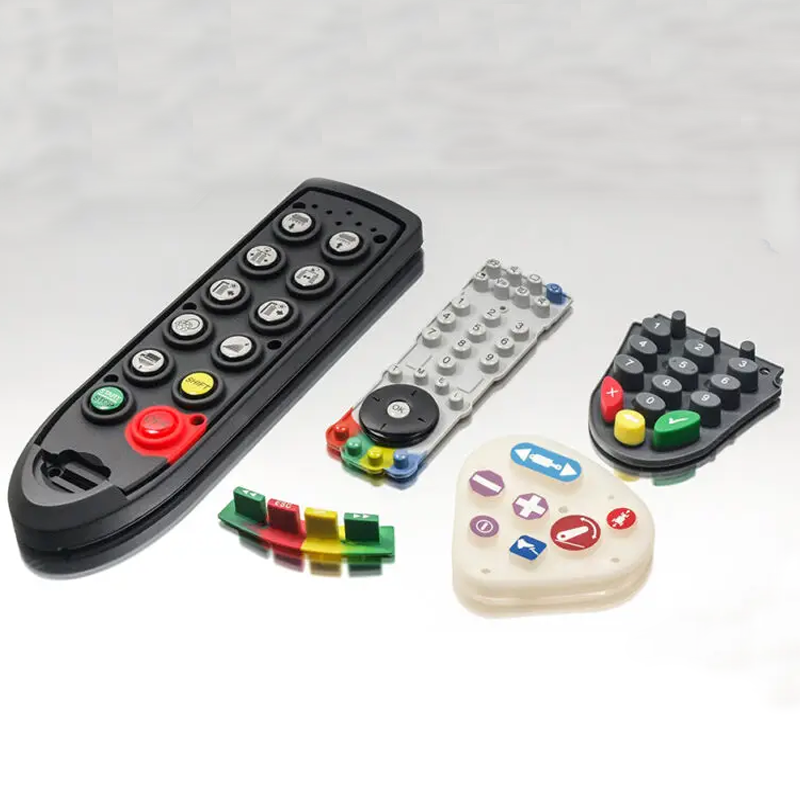In today’s consumer electronics landscape, remote controls have become integral components, offering users the ability to interact with devices from a distance. This convenience has evolved into a fundamental expectation for modern products. Remote controls are embedded in a broad array of devices such as televisions, home entertainment systems, HVAC units, and smart lighting. For engineers and product developers aiming to create cutting-edge electronics, the design and functionality of remote controls are paramount in ensuring an optimal user experience and product success.
At Flykeyboard, we specialize in crafting precision silicone keypads for remote controls, providing customizable solutions that enhance the functionality and user interaction of electronic products. Whether developing new devices or refining existing models, we leverage our expertise to deliver intuitive, ergonomic, and user-friendly solutions. This article explores the critical role remote controls play in electronics design and highlights how our products contribute to improved consumer electronics.
The Role of Remote Controls in Modern Consumer Electronics
Although adding a remote control to a product can increase its cost, the value it brings far outweighs the investment. For consumers, especially those using devices with display screens—such as televisions, monitors, and entertainment systems—remote controls have become indispensable. They provide unparalleled ease of use, enabling users to adjust settings, change channels, and control devices from a comfortable distance. This capability is especially crucial in situations where devices are placed out of reach, such as wall-mounted TVs or remote-controlled audio systems.
Beyond convenience, remote controls offer significant value in terms of product enhancement. For consumers, they serve as time-saving tools, simplifying the interaction with the device. From a manufacturer’s perspective, incorporating a remote control can drive additional revenue through the sale of upgraded or custom-designed remotes, allowing customers to personalize their experience while elevating the product’s functionality and aesthetics.
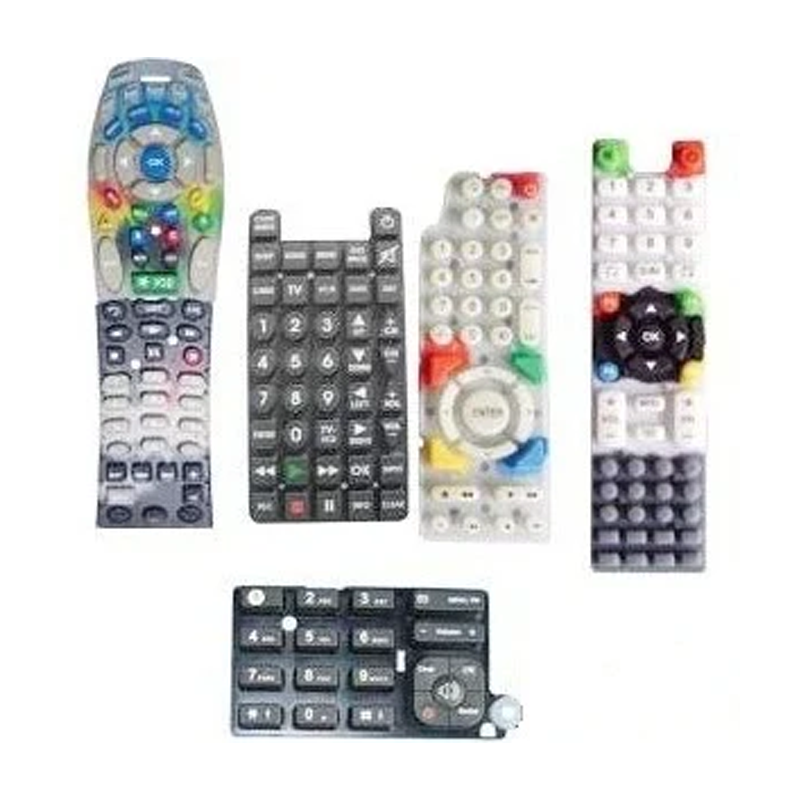
Key Remote Control Communication Protocols
The communication protocol used in remote controls is essential to the device’s performance and user interaction. The choice of protocol is determined by factors such as range, reliability, and susceptibility to interference. Below, we examine the most commonly used remote control technologies:
-
Infrared (IR) Remote Controls
Infrared technology remains one of the most widely used methods for remote control communication. IR remotes operate over short to medium ranges using line-of-sight transmission. Their affordability makes them a popular choice for consumer devices like televisions and sound systems. A key advantage of IR is its resistance to interference, making it a reliable option for typical household environments.
-
Radio Frequency (RF) Remote Controls
For more advanced applications that require long-range communication or bi-directional functionality, radio frequency (RF) remotes are often the preferred choice. RF technology allows signals to travel through walls and other obstacles, providing greater flexibility for complex environments where direct line-of-sight isn’t always feasible. While RF systems are more expensive than IR remotes, they offer enhanced capabilities, making them ideal for industrial applications or environments that require real-time feedback.
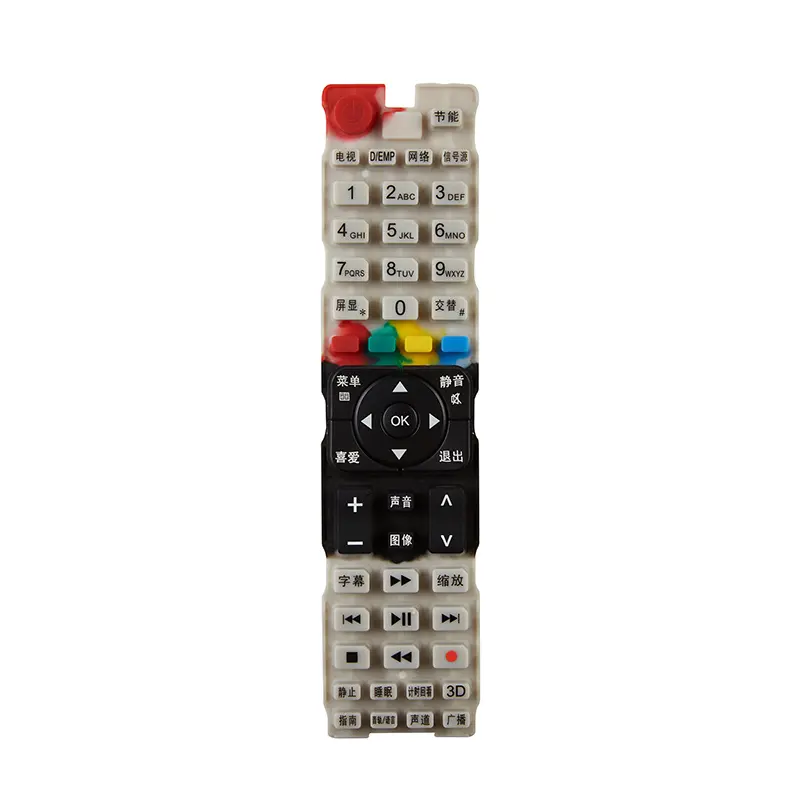
-
Wireless Remote Controls
Wireless remotes, typically utilizing Wi-Fi or Bluetooth networks, bring another layer of sophistication to modern devices. These remotes allow two-way communication, enabling devices to send feedback to users. Wireless controls are commonly found in gaming consoles, smart home devices, and advanced entertainment systems. However, they are more prone to interference from other devices. Despite these challenges, they offer customizable experiences, increasingly used in next-gen consumer electronics.
The Crucial Role of Keypads in Remote Control Design
At Flykeyboard, we understand that the keypad is a central component in the remote control design process. Silicone keypads, widely utilized in both consumer and industrial devices, are chosen for their durability, flexibility, and cost-effectiveness. They are engineered to withstand various environmental conditions, making them ideal for high-usage applications like remote controls.
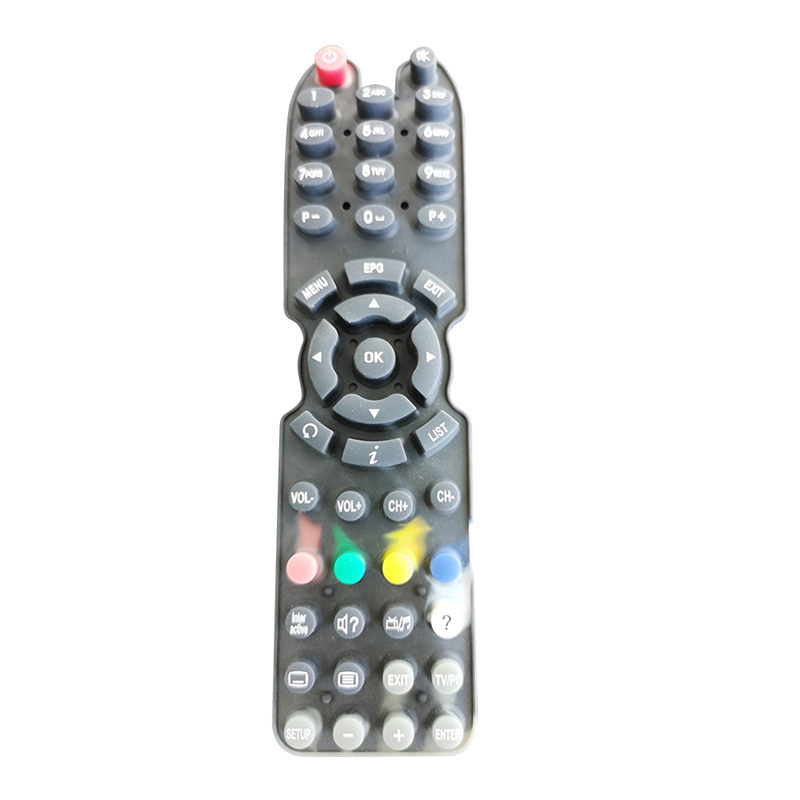
Given that most households rely on multiple remote controls for devices such as televisions, cable boxes, and home theaters, the quality of the keypad plays a vital role in enhancing the user experience. We specialize in producing custom silicone keypads that not only meet functional needs but also offer aesthetic appeal, ensuring intuitive use and long-term satisfaction.
Key Considerations in Keypad Design
When designing silicone keypads for remote controls, several factors must be addressed to achieve optimal functionality and user satisfaction. At Flykeyboard, we focus on the following design elements:
-
Intuitive Layout
The button layout should be organized logically, grouping related functions for easy access. This ensures users can intuitively navigate the remote without confusion.
-
Clear, Legible Labeling
Effective labeling is critical for user interaction. Buttons should feature easy-to-read symbols or text to ensure users can quickly identify each function, improving the overall user experience.
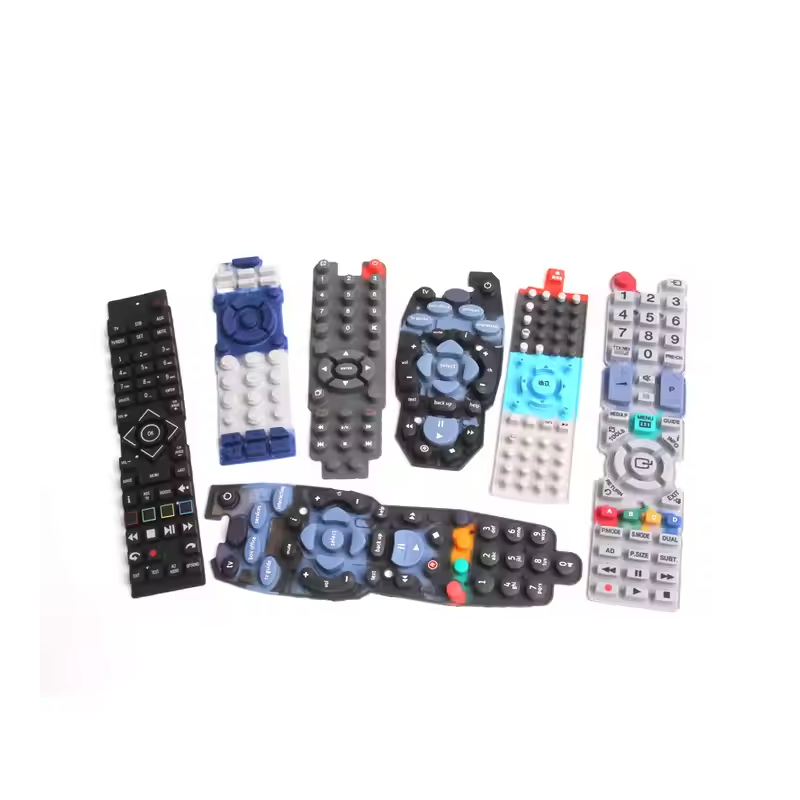
-
Ergonomics and Tactile Feedback
The feel of the keypad, including the tactile feedback of each button, significantly impacts usability. Silicone keypads are known for their responsive feedback, providing users with a satisfying and comfortable experience. Buttons should be designed to deliver the right amount of resistance, promoting effortless operation.
-
Bezel Design
The bezel, or the outer frame surrounding the keypad, serves both protective and aesthetic functions. It shields the keypad from damage while complementing the overall design of the remote control. A well-crafted bezel enhances both the product’s durability and its visual appeal.
Why Choose Flykeyboard for Your Remote Control Keypad Solutions?
At Flykeyboard, we are dedicated to delivering premium silicone keypads tailored to your unique requirements. Whether you’re designing a new remote control or improving an existing model, we bring expertise and cutting-edge technology to deliver custom solutions that meet the highest standards of performance, reliability, and user satisfaction.
We utilize advanced manufacturing processes and top-quality materials to ensure our keypads are durable, cost-effective, and suitable for a wide range of consumer and industrial applications. Partnering with Flykeyboard guarantees that your remote control will offer superior functionality, design, and usability.
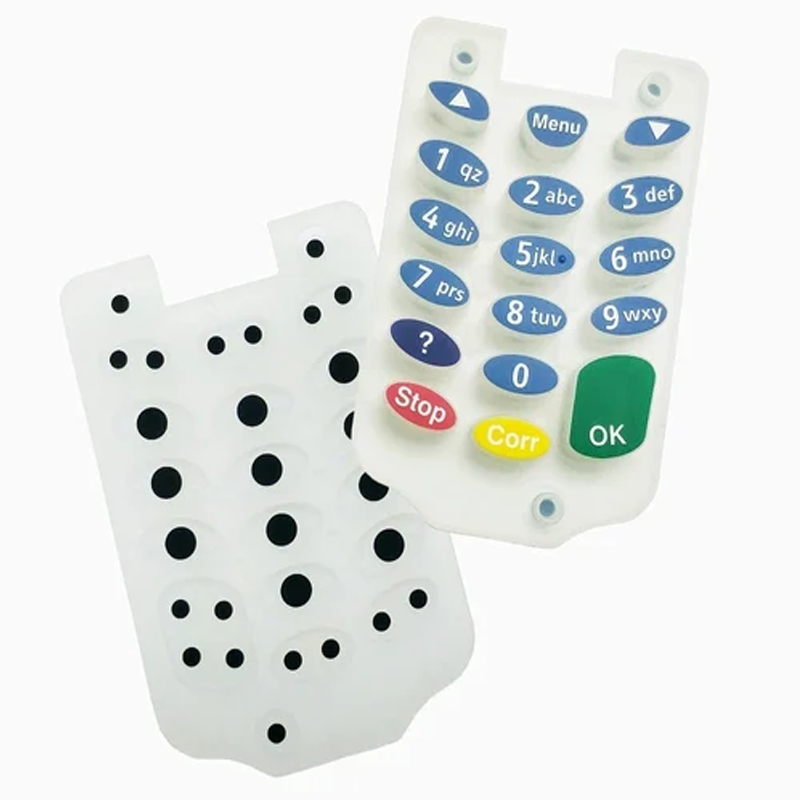
Ready to enhance your product’s design and improve the user experience? Contact Flykeyboard today for a free quote. Our expert team will collaborate with you to create the ideal silicone keypad solution for your remote control, ensuring your product stands out in a competitive market.
By focusing on thoughtful design, reliable communication protocols, and user-friendly keypads, you can develop remote controls that elevate your product’s performance and user satisfaction. Let Flykeyboard help you bring your product vision to life with the best in remote control technology.
![]()

